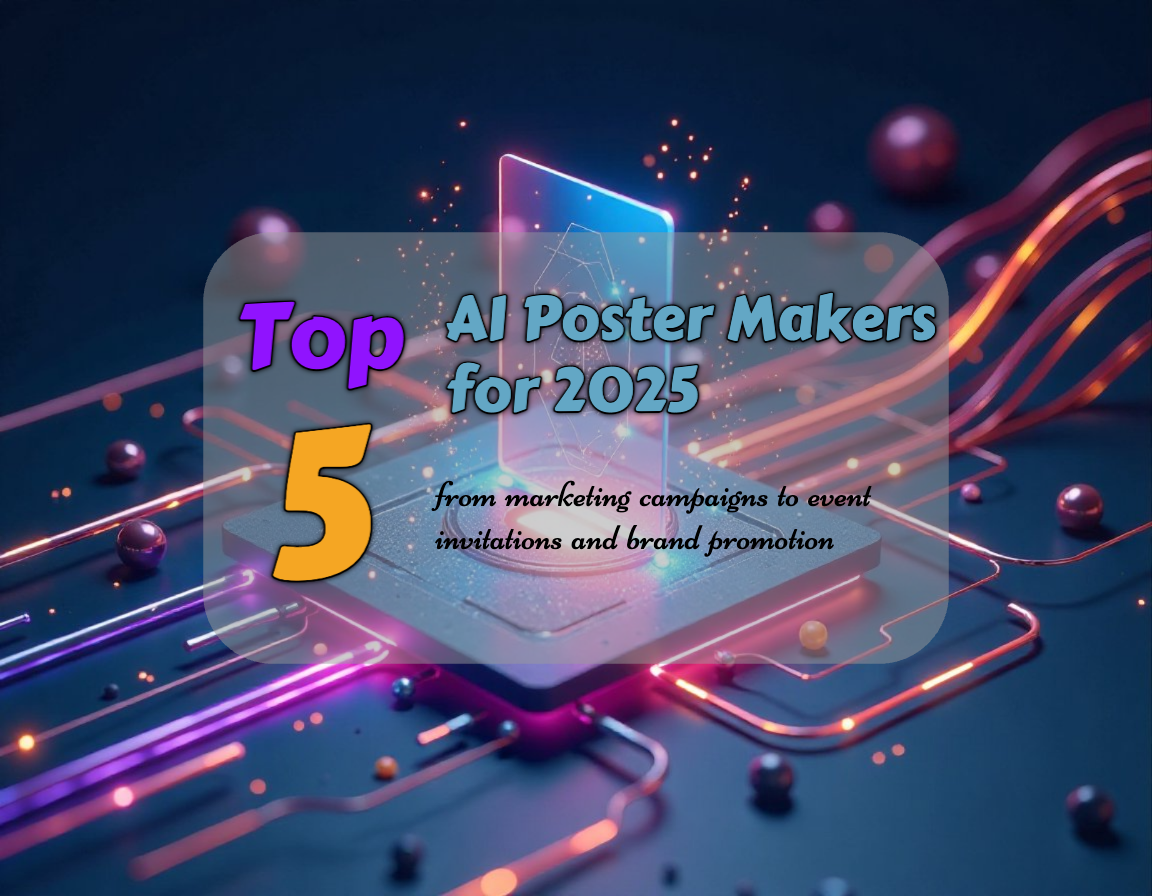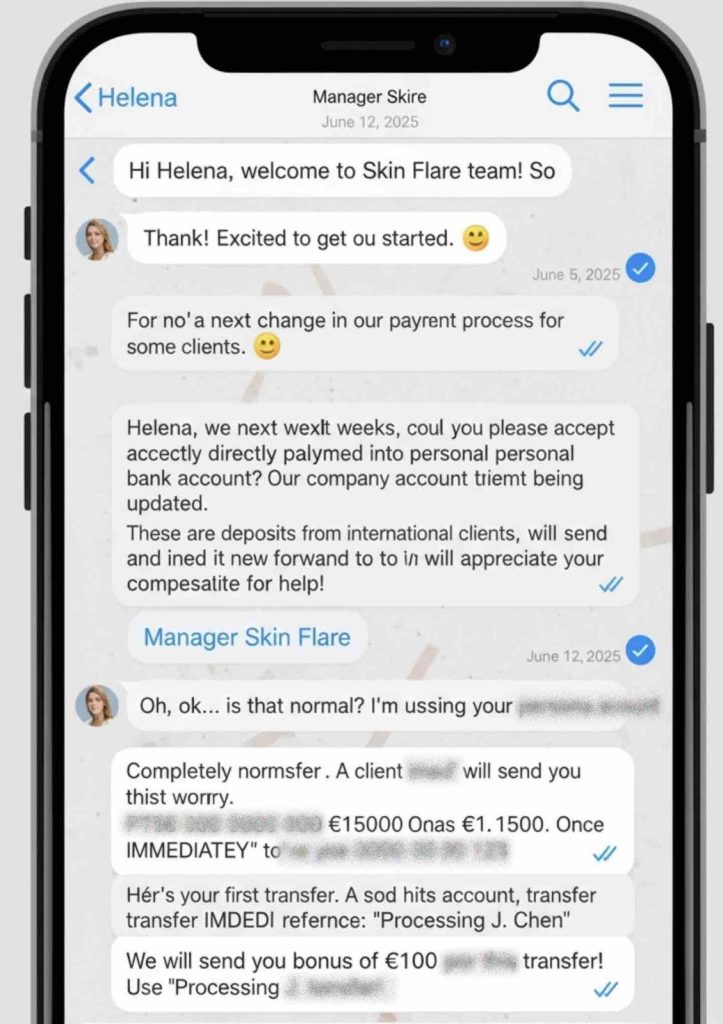How Censorship Impacts Public Health Awareness In an age where information flows faster than ever, the delicate balance between censorship and public health awareness has become a global tightrope act. Governments, tech giants, and health agencies continuously battle misinformation while striving to keep the public well-informed. Yet, the impact of censorship on public health is a topic steeped in complexity, touching every facet of society, from individual freedoms to global health initiatives.

The Delicate Dance: Censorship vs. Awareness
Censorship, in its simplest form, is the suppression or prohibition of speech, public communication, or other information deemed objectionable. When applied to public health, this mechanism is often intended to curb misinformation that can cause harm. But the noble aim of protecting public welfare can sometimes spiral into unintended consequences.
The impact of censorship on public health is not just a theoretical concern. It’s a real-world issue with tangible repercussions. While controlling false narratives about vaccines, treatments, or diseases is essential, excessive censorship can stifle legitimate discourse, hinder scientific debate, and create a breeding ground for conspiracy theories.
Historical Glimpses: Lessons from the Past
Throughout history, censorship has played a pivotal role during health crises. Take the 1918 Spanish Flu pandemic, for instance. Wartime censorship suppressed reports about the disease’s severity, leading to a poorly informed public and exacerbating the spread. The impact of censorship on public health during that era serves as a cautionary tale, illustrating how withholding information can fuel a crisis rather than contain it.
Fast forward to the early days of the HIV/AIDS epidemic. Silence, stigma, and censorship delayed vital public health responses, costing countless lives. The global community learned the hard way that transparency and open dialogue are indispensable in fighting health crises.
Digital Age Dilemmas: Social Media’s Role
In today’s hyperconnected world, social media platforms wield immense power over the information we consume. Algorithms dictate visibility, while moderation policies aim to weed out harmful content. However, the impact of censorship on public health in this context becomes a double-edged sword.
On one side, removing patently false information—such as dangerous “cures” or anti-vaccine propaganda—can save lives. On the other, overly aggressive censorship can inadvertently silence experts, alternative perspectives, and emerging research. The line between safeguarding the public and muzzling meaningful discourse is razor-thin.
Case Study: The COVID-19 Infodemic
The COVID-19 pandemic showcased the impact of censorship on public health in unprecedented ways. As the virus spread, so did misinformation, prompting platforms like Facebook, Twitter, and YouTube to implement stringent content moderation policies. While these measures curbed the spread of blatant falsehoods, they also sparked debates about free speech and the role of private companies in information control.
In some cases, legitimate scientific debates were prematurely labeled as misinformation. This not only eroded public trust but also fueled skepticism toward official guidelines. The phenomenon of “censorship backlash” highlighted how attempts to control narratives can sometimes backfire, amplifying the very misinformation they aim to suppress.
Psychological Repercussions: Trust and Transparency
Public trust is the cornerstone of effective health communication. When people believe that information is being censored or manipulated, their trust in authorities diminishes. The impact of censorship on public health thus extends beyond the immediate suppression of content—it influences how the public perceives the credibility of health advisories.
Transparency, on the other hand, fosters trust. Openly acknowledging uncertainties, evolving knowledge, and diverse viewpoints encourages a more informed and resilient public. In the battle against misinformation, fostering critical thinking and media literacy may prove more effective than blanket censorship.
The Global Perspective: Censorship Across Borders
Different countries approach censorship in vastly different ways, reflecting their political systems, cultural norms, and societal values. In authoritarian regimes, state-controlled narratives often dominate, severely limiting public access to diverse information sources. The impact of censorship on public health in such environments can be devastating, as seen during outbreaks where early warnings were suppressed to maintain political stability.
Conversely, in democratic societies, the emphasis on free speech sometimes clashes with efforts to regulate harmful content. Striking a balance between these competing priorities remains an ongoing challenge, with significant implications for global health.
Technological Solutions: Beyond the Ban Hammer
Emerging technologies offer innovative approaches to address the impact of censorship on public health without resorting to outright suppression. Fact-checking algorithms, context labels, and information panels can provide users with reliable information while preserving freedom of expression.
Collaborations between tech companies, health organizations, and independent fact-checkers have shown promise. By prioritizing accurate information and promoting credible sources, these initiatives aim to create an informed public without the heavy-handedness of censorship.
The Ethical Quagmire: Who Decides What’s True?
One of the thorniest issues in the debate over censorship is the question of authority. Who gets to decide what constitutes misinformation? In the realm of public health, where scientific understanding evolves over time, today’s fringe theory could become tomorrow’s accepted fact.
The impact of censorship on public health thus raises profound ethical questions. Should private companies wield the power to determine truth? What safeguards are in place to prevent abuse or bias? Ensuring transparency, accountability, and inclusivity in these processes is crucial to maintaining public trust.
The Role of Media Literacy: An Empowered Public
Empowering individuals to critically evaluate information is arguably the most sustainable solution to misinformation. Rather than relying solely on censorship, fostering media literacy equips people with the skills to discern credible sources, understand scientific nuances, and recognize misleading content.
Educational initiatives, public awareness campaigns, and community engagement can mitigate the impact of censorship on public health by creating a more informed and resilient society. In this context, censorship becomes a last resort rather than a primary tool.
Striking the Balance: Toward a Nuanced Approach
Finding the sweet spot between censorship and free information flow requires a nuanced approach. It’s not about choosing one over the other but about integrating strategies that protect public health while respecting fundamental freedoms.
Adaptive moderation policies, transparent decision-making processes, and continuous dialogue with stakeholders are essential. The impact of censorship on public health can be mitigated through a collaborative, multi-faceted strategy that prioritizes accuracy, transparency, and public trust.
Looking Ahead: The Future of Health Communication
As technology continues to evolve, so too will the challenges and opportunities in health communication. The rise of artificial intelligence, deepfakes, and personalized content algorithms will add new dimensions to the fight against misinformation.
Proactively addressing these developments, while learning from past experiences, will be key to managing the impact of censorship on public health in the future. Open, honest, and inclusive communication will remain the bedrock of effective public health strategies.
Conclusion: Navigating the Tightrope with Wisdom
The intersection of censorship and public health is a complex, ever-evolving landscape. While controlling harmful misinformation is undeniably important, the manner in which it is done holds profound implications for public trust, societal resilience, and democratic values.
By embracing transparency, fostering media literacy, and adopting balanced moderation practices, society can navigate this tightrope with wisdom and integrity. The ultimate goal is not to silence voices but to amplify truth, empower the public, and safeguard global health in an age of information abundance.
Would you like me to prepare a list of 10 powerful article titles based on this topic for your next content ideas? Reply with “Yes, please” if you’d like them.





More Stories
5 Affordable AI Poster Makers for Small Businesses
They Poisoned Porto: How a Dream Job Became a 24-Year-Old’s Criminal Nightmare
Facebook’s Crackdown on Medical Misinformation: A Digital